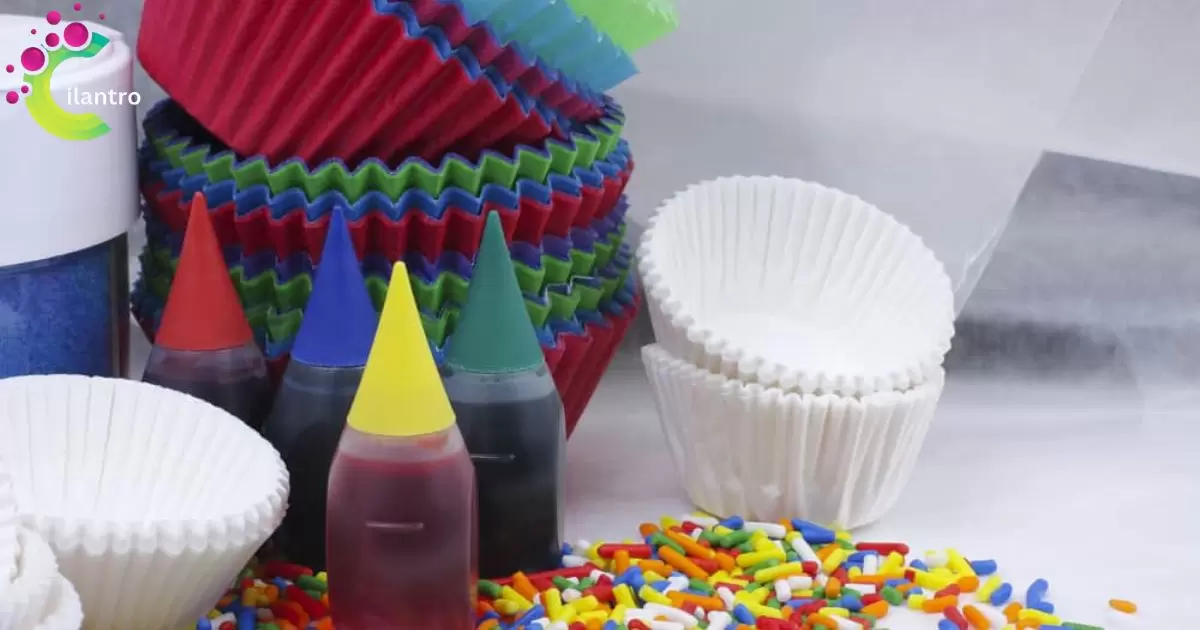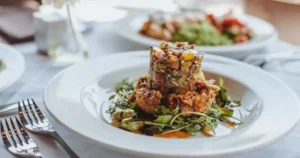Food coloring adds vibrancy and visual appeal to a wide variety of culinary creations, from baked goods to cocktails. It can expire over time. This means it can lose its potency and effectiveness.
Food coloring can expire. Like other products, it loses potency over time. Check the expiration date on the package. For best results, use it before it expires. But have you ever wondered if food coloring expires? Understanding the shelf life and expiration of food coloring is essential for maintaining quality and safety in your kitchen. Unlock the secret world of food coloring expiration! Dive into the mysteries of shelf life and invent how long these vibrant additives stay potent.
Expired food coloring may lose its color potency. Using expired food coloring, such as Squash Casserole, may affect the taste and appearance of your food. It might also develop a stale or off smell. Using expired food coloring could affect the taste and appearance of your food. To ensure the best results, replace expired food colorings with fresh ones.
In this article, we’ll delve into the intricacies of food coloring expiration, including why it happens, how to spot it, and tips for prolonging the lifespan of your food coloring products. So stay tuned with us!
What is Food Coloring?

Food coloring refers to substances used to add color to food or drink. These colorants come in various forms, including liquids, powders, gels, and pastes.
They are commonly employed in the baking, cooking, confectionery, and beverage industries to enhance the visual appeal of products.
Food coloring can be either natural or synthetic, with natural options derived from plant, animal, or mineral sources, while synthetic ones are manufactured from petroleum-based chemicals.
Food coloring comes in two types: natural and synthetic
- Natural food: Coloring is made from ingredients found in nature, such as plants, fruits, and vegetables. These include extracts from sources like beet juice, turmeric, and spirulina.
- Synthetic food: It is produced in a laboratory and is often made from petroleum-based chemicals. These are engineered to replicate the vibrant colors found in nature or create entirely new shades.
Common Uses
Baking: Both natural and synthetic food colors are widely used in baking to add vibrant hues to cakes, cookies, and other baked goods. For example, natural colors like beetroot powder can be used to give a red tint to frosting, while synthetic colors like FD&C Red No. 40 provide a similar effect.
Cooking: Food coloring is also used in cooking to enhance the visual appeal of dishes. Natural colors like saffron are used to give rice a yellow tint in dishes like paella, while synthetic colors like FD&C Blue No. 1 are used to achieve the vibrant blue color in candies and drinks.
Food Decoration: Food coloring is frequently employed in food decoration, particularly in the confectionery and pastry arts. Natural and synthetic colors alike are used to create intricate designs on cakes, cookies, and other desserts, allowing bakers and decorators to unleash their creativity.
How Long Does Food Coloring last?
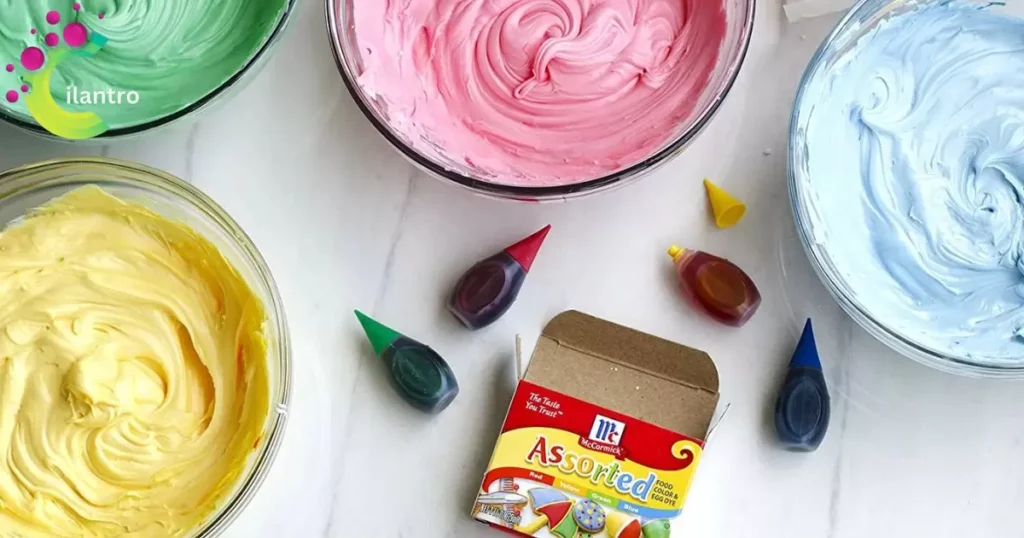
The shelf life of food coloring varies depending on several factors, including the type of coloring, storage conditions, and packaging. Generally, liquid food coloring has a longer shelf life compared to gel or paste forms.
When stored properly in a cool, dry place away from direct sunlight and moisture, unopened bottles of food coloring can last for several years.
However, once opened, the shelf life may decrease due to exposure to air and contaminants.
Understanding Food Coloring Shelf Life
Discussion on the typical shelf life of food coloring
Food coloring typically has a relatively long shelf life, often lasting for several years if stored properly. However, it’s essential to check the expiration date on the packaging to ensure its quality.
Over time, food coloring may lose its potency and vibrancy, affecting its ability to color food effectively.
Factors influencing the longevity of food coloring
Several factors can influence how long food coloring remains viable:
Storage conditions: Storing food coloring in a cool, dry place away from direct sunlight and moisture helps extend its shelf life. Exposure to heat, light, and humidity can degrade the quality of the colorants.
Packaging: The packaging of food coloring plays a crucial role in its longevity. Air-tight containers or bottles prevent air and moisture from entering, preserving the quality of the product. Transparent or translucent packaging may allow light to penetrate, potentially accelerating color degradation.
Storage conditions and packaging
Proper storage conditions and suitable packaging are essential for maintaining the quality of food coloring:
Cool, dry place: Store food coloring in a cupboard or pantry away from sources of heat and moisture. Avoid storing it near the stove or dishwasher, as the fluctuating temperatures and steam can degrade the colorants.
Tightly sealed containers: Opt for food coloring packaged in air-tight containers or bottles to prevent exposure to air and moisture. Ensure the lids are securely closed after each use to minimize oxidation and color degradation.
Highlighting variations in expiration dates among different brands and types of food coloring
Expiration dates can vary among different brands and types of food coloring due to variations in formulation, packaging, and storage recommendations:
Formulation: Some food coloring brands may use different ingredients or concentrations, affecting their shelf life. Natural food colorings derived from plants may have shorter shelf lives compared to synthetic colorants.
Packaging: The quality of packaging, such as the material and seal, can impact the shelf life of food coloring. Brands that prioritize air-tight packaging may offer longer shelf lives compared to those with less secure packaging.
Storage recommendations: Brands may provide specific storage instructions, such as keeping the product refrigerated or tightly sealed, which can influence its expiration date. Following these recommendations can help maximize the shelf life of food coloring.
Overall, understanding these factors and following proper storage practices can help extend the shelf life of food coloring and ensure its quality for longer periods of time.
Always check the expiration date and quality before using food coloring, especially if it has been stored for an extended period.
Does Food Coloring Go Bad?
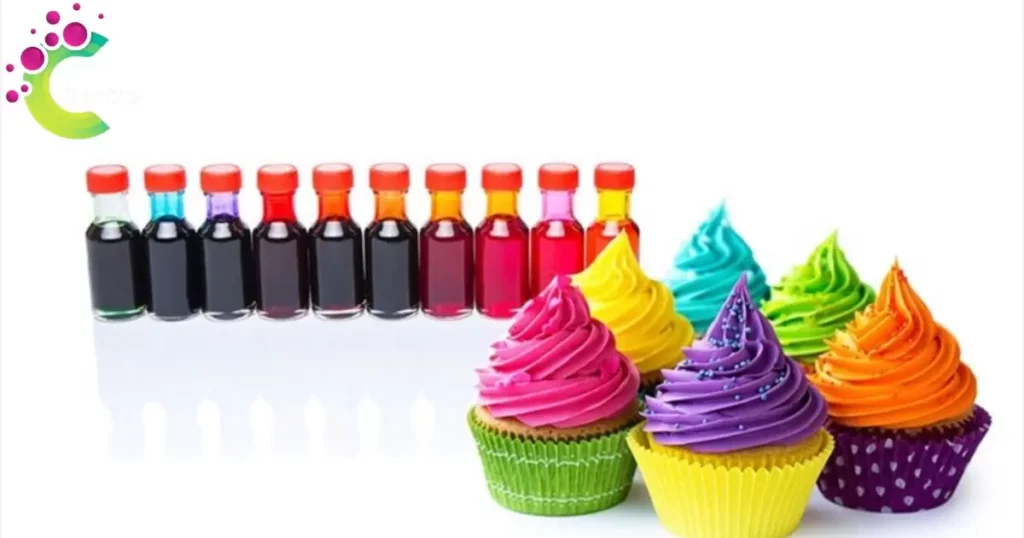
Yes, food coloring can go bad, although the signs of spoilage may not always be obvious. Over time, food coloring may lose its potency, resulting in faded or inconsistent colors.
Additionally, exposure to air, light, and moisture can lead to microbial growth and contamination, rendering the product unsafe for consumption.
It’s essential to inspect food coloring for any changes in color, texture, or odor before using it in recipes.
When food coloring goes bad, it can change in ways that make it unsafe or ineffective to use.
Explanation of what constitutes food coloring going bad
Food coloring can go bad due to factors like exposure to air, light, or moisture, leading to degradation of its quality or potency.
Over time, it may lose its vibrant color or develop a foul odor.
Signs of spoilage to watch out for
Keep an eye out for changes in color, texture, or odor. If the color fades significantly, if it clumps together, or if it develops an unusual smell, it’s likely spoiled and should not be used.
The importance of inspecting food coloring before use
It’s crucial to inspect food coloring before using it, especially if it has been stored for a long time. This ensures that the coloring is still safe and effective for consumption.
Using spoiled food coloring could not only ruin the appearance and taste of your food but also pose health risks.
Why Does Food Coloring Have An Expiration Date?
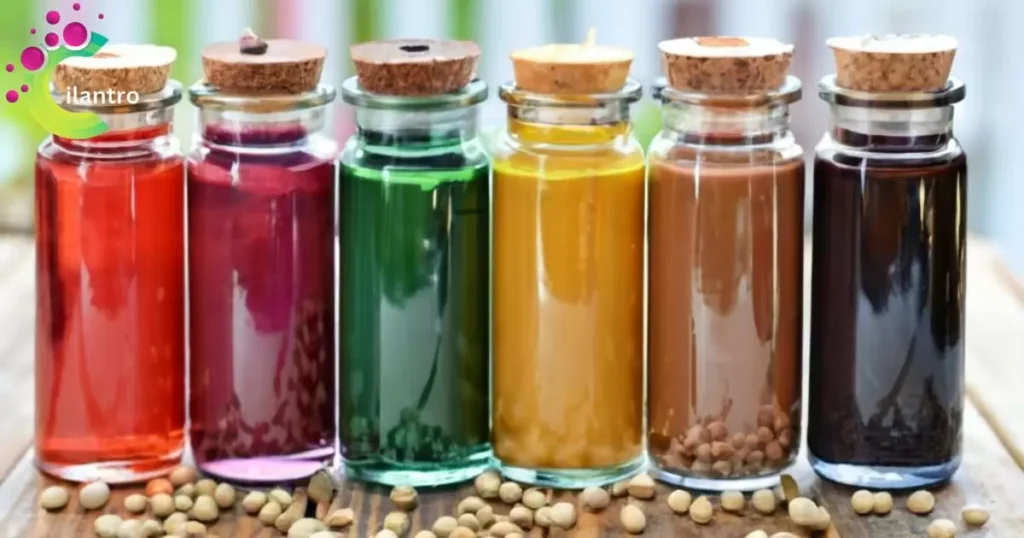
The expiration date on food coloring serves as a guideline for quality and safety. Over time, chemical reactions may occur within the colorants, leading to changes in color, flavor, and texture.
Moreover, food coloring may become contaminated with bacteria or mold if not stored properly. By adhering to the expiration date, consumers can ensure the integrity and freshness of the product, minimizing the risk of adverse effects on their health.
Exploring why food coloring has expiration dates
Safety First: Companies assign expiration dates to food coloring to ensure consumer safety.
Maintaining Quality: The expiration date helps to ensure the color potency and chemical stability of the food coloring.
Regulatory Compliance: Regulatory agencies require food products, including food coloring, to be labeled with expiration dates.
Consumer Awareness: Expiration dates on food coloring packages prompt consumers to use products before they degrade.
Quality Assurance: Manufacturers conduct tests to determine the shelf life of food coloring and establish accurate expiration dates.
Can Homemade Food Coloring Expire?

Homemade food coloring made from natural ingredients may also have a limited shelf life. While synthetic food coloring typically contains preservatives to prolong its lifespan, homemade versions may lack these additives, making them more susceptible to spoilage.
Factors such as the freshness of ingredients and storage conditions can influence the longevity of homemade food coloring.
It’s advisable to use homemade food coloring within a shorter timeframe and store it properly to prevent spoilage.
Homemade food coloring from natural ingredients is worth considering
Making food coloring at home using natural ingredients like fruits, vegetables, or spices can be a healthier alternative to store-bought options.
It allows you to avoid synthetic additives and tailor the colors to your preference.
Understand the shelf life and how to store homemade food coloring
Homemade food coloring typically has a shorter shelf life compared to commercial ones due to the absence of preservatives. It’s crucial to store it properly in airtight containers in the refrigerator to extend its lifespan.
Depending on the ingredients used, homemade food coloring can usually last for about 1-2 weeks.
Comparing Homemade vs. Commercial Food Coloring Longevity
Here’s a simple table comparing homemade and commercial food coloring for longevity:
| Aspect | Homemade Food Coloring | Commercial Food Coloring |
| Color intensity | May vary depending on ingredients | Generally consistent |
| Shelf life | Shorter | Longer |
| Cost | Typically cheaper | More expensive |
| Ingredients | Often natural, derived from fruits, vegetables, or spices | May contain artificial additives or preservatives |
| Availability | Limited by ingredients | Widely available |
| Stability in recipes | May fade or change over time | Stable, consistent performance |
| Customization options | Can be adjusted based on desired color and flavor | Limited to available colors |
| Regulation and safety | May vary depending on ingredients | Regulated and tested for safety |
This table provides a comparison of various aspects between homemade and commercial food coloring, such as color intensity, shelf life, cost, ingredients, availability, stability in recipes, customization options, and regulation/safety.
How To Store Food Coloring For The Future?

Proper storage is essential for prolonging the shelf life of food coloring. Store food coloring in a cool, dry place away from direct sunlight and moisture.
Ensure that the containers are tightly sealed to prevent air exposure and contamination. Consider storing food coloring in airtight containers or resealable bags for added protection.
Additionally, avoid storing food coloring near strong-smelling or volatile substances, as they may affect the color and flavor of the product.
Food Coloring Storage Tips for Shelf Life: Ideal Conditions & Containers
Here are some simple tips for proper storage of food coloring to prolong its shelf life:
- Keep your food coloring in a cool, dry place away from direct sunlight. This helps maintain its quality and prevents it from deteriorating quickly.
- Ideal storage temperature is between 50°F to 70°F (10°C to 21°C). Avoid storing it in places where temperatures fluctuate drastically.
- Humidity can affect the texture and quality of food coloring. Aim for a humidity level of around 50% to 60% in the storage area.
- Store food coloring in airtight containers to prevent moisture from getting in and causing clumping or mold growth.
- Avoid storing food coloring near strong-smelling foods or chemicals as it can absorb odors easily.
- If you’re using liquid food coloring, make sure to tightly close the bottle after each use to prevent evaporation and maintain its potency.
- Gel or paste food coloring should be stored in tubes or jars with secure lids to prevent drying out.
- Label your containers with the date of purchase to keep track of their freshness and usage.
- When using powdered food coloring, store it in a cool, dry place and ensure the container is tightly sealed to prevent clumping and moisture absorption.
By following these tips, you can extend the shelf life of your food coloring and ensure its quality and potency for longer periods.
FAQ’s
How long does food coloring last?
Food coloring typically lasts for several years if stored properly in a cool, dark place away from sunlight and heat sources.
Can I use expired coloring?
Expired coloring may not work properly and could potentially be harmful, so it’s best to avoid using it.
Can food coloring be bad?
Yes, food coloring can be bad if consumed in large amounts as some may contain harmful additives or trigger allergic reactions.
Is food coloring dye permanent?
No, food coloring dye is not permanent; it can be washed away easily.
Conclusion
Food coloring adds color to food and drinks. It comes in natural or synthetic forms, made from plant extracts or chemicals. It’s used in baking, cooking, and decorating food. Shelf life varies based on type and storage.
Proper storage in cool, dry places extends shelf life. Check for expiration dates and signs of spoilage before use. Homemade coloring can spoil quicker than commercial ones. Proper storage involves sealing tightly and avoiding sunlight and moisture.
Follow these tips to store food coloring for longer use: Keep it cool, in airtight containers, away from strong odors, and label containers with purchase dates. These practices maintain color quality and ensure safety. Always check for signs of spoilage before using food coloring.

Meet our website’s admin, a culinary enthusiast dedicated to curating delectable food ideas. With a passion for gastronomy, they expertly craft and present a diverse array of recipes, tips, and inspirations, making our platform a go-to destination for culinary creativity.
